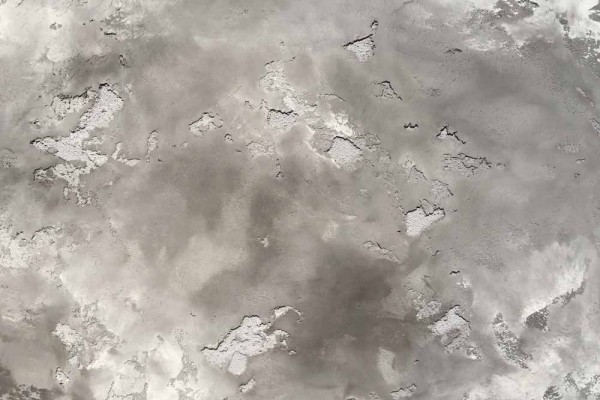Marmorino Roma
Replica Rolex Explorer I: History and Test of the Mount Everest Watch
The Rolex replica watches uk Explorer I is a bit overshadowed by the extremely popular Daytona, GMT Master and Submariner models. Why that is - one can only speculate. Maybe the Explorer I just looks way too "well-behaved" in comparison, too much understatement? Date display with bold magnifying glass? nope! Rotating bezel with bling bling ceramic inlay? None! If you buy a Rolex, it should be recognized as such, right? 😉 In fact, the Explorer I has at least as exciting a story to tell as the Submariner & Co and, in my opinion, is unjustly underestimated. Why this is so, what the Rolex Explorer I has to do with the ascent of Mount Everest, what you have to look out for when buying a used watch (keyword “short hands” or stub hands) and what cheap alternatives or homage there are , I will show you in this article...
The History of the Rolex Explorer I
Rolex in a generous mood: The Geneva-based watch manufacturer supported expeditions to the Himalayas and Mount Everest for several decades from the 1930s and provided the respective mountaineering teams (e.g. from the USA or France) with watches. It was a win-win situation for everyone: the ambitious adventurers could look forward to reliable timepieces on their expeditions and replica rolex could have their own watches tested under extreme real conditions - and when I say extreme, I mean extreme: until the top of the Mount Everest, which is 8,848 meters high, was climbed for the first time by mountaineers in 1953. A dozen expeditions have failed, and 13 people died attempting the first ascent.
And today? With modern equipment, significantly better conditions (e.g. permanently installed ropes) and experience from several generations of Mount Everest guides, climbing Mount Everest should be a piece of cake, right? think! Even today, many people die on their Mount Everest excursion, mostly on the descent - the significantly reduced air pressure reduces the oxygen uptake of the lungs. The result: a severe drop in performance due to what is known as altitude sickness. From an altitude of 1500 meters, the performance drops by ten percent with every additional 1000 meter mark. Oxygen cylinders do not help in the long term and are difficult to transport.
Even more: There is a real Mount Everest tourism - long queues of people who stand on the ridge or on the South Col at minus 30 degrees Celsius and have to wait shivering for their turn are not uncommon in the high season.
Personally, I ended up on the Teide volcano on Tenerife some time ago - even at an altitude of "just" 3500 meters, where I was, I clearly noticed that movements were becoming more strenuous and that dizziness was increasing. What must it be like at an altitude of over 8000 meters? Added to this, of course, are the bitterly cold temperatures on Mount Everest. All of this is a huge challenge even for experienced mountaineers.





